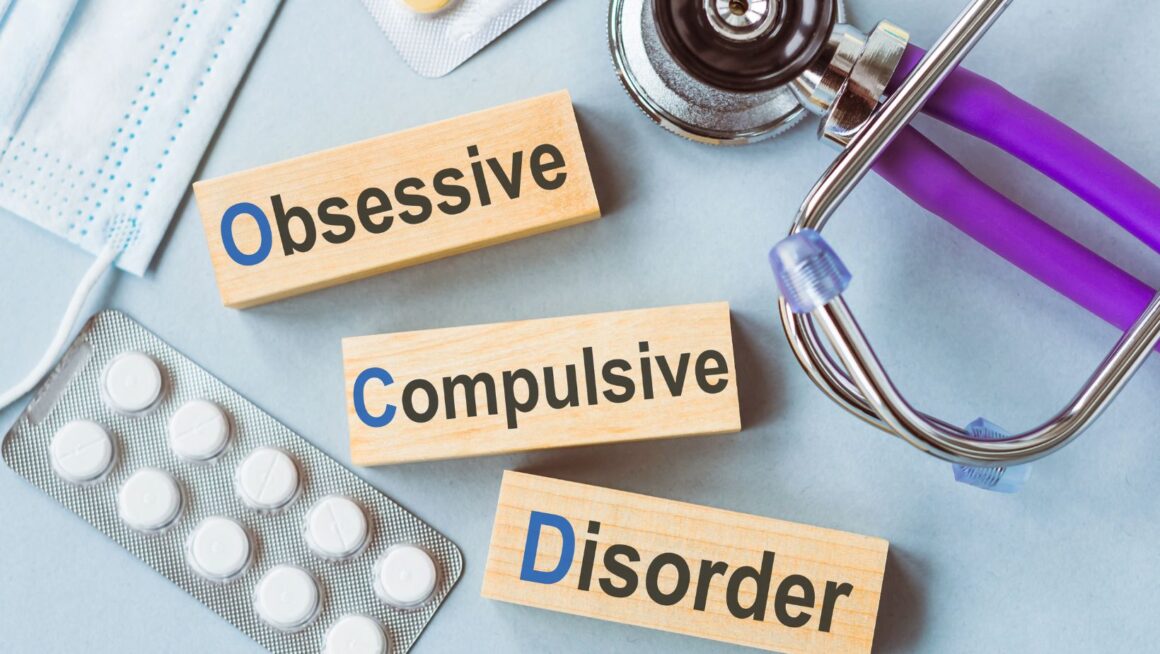In the labyrinth of mental health, Obsessive Compulsive Disorder (OCD) stands as a formidable challenge, casting its shadow over the lives of millions worldwide. Its hallmark traits of intrusive thoughts and repetitive behaviors weave a complex tapestry that often obscures the path to normalcy.
Yet, within this intricate web of symptoms lies the promise of relief and restoration, guided by the beacon of therapeutic intervention.
In this exploration, we embark on a journey into the realm of OCD therapy, a realm where hope flickers amidst the darkness of despair. Here, we navigate the tumultuous waters of effectiveness and delve into the diverse array of Therapeutic Approaches to Mental Wellness.
Join us as we illuminate the path to liberation from the clutches of this disorder and reclaim mastery over mind and spirit.
Table of Contents
ToggleUnderstanding Obsessive Compulsive Disorder Therapy:
Obsessive Compulsive Disorder therapy is like a toolkit filled with different strategies aimed at helping those struggling with OCD find relief and regain control over their lives.
One of the main tools in this kit is cognitive-behavioral therapy (CBT), a tried-and-true approach that zeroes in on challenging the irrational thoughts fueling obsessive behaviors.
Through CBT, individuals learn to spot these thoughts, question their validity, and develop healthier ways to cope with the anxiety they bring.
Another powerful tool is exposure and response prevention (ERP). It’s like facing your fears head-on but in a gradual and controlled way. With ERP, individuals are gently exposed to situations that trigger their obsessions, all while resisting the urge to engage in their usual compulsions. Over time, this exposure helps to dial down the anxiety and weaken the compulsion cycle.
But therapy isn’t just about these big-name approaches. It’s about finding what works best for each person.
That’s why therapists might also incorporate mindfulness-based techniques or acceptance and commitment therapy (ACT). These methods focus on staying present, accepting discomfort, and taking actions aligned with personal values.
They add extra layers to the toolkit, offering more ways to tackle OCD and reclaim a sense of peace and control.
Which Example Indicates Obsessive Compulsive Disorder?
Obsessive Compulsive Disorder, or OCD, can show up in different ways, but here are some everyday examples:
Excessive hand washing or cleaning:
Someone might wash their hands repeatedly or clean their surroundings excessively because they fear contamination.
Repeated checking behaviors:
This could involve checking things like locks, switches, or appliances multiple times to ensure they’re secure or turned off.
Intrusive thoughts about harm or violence:
Individuals may experience disturbing thoughts about harming themselves or others, leading to compulsive rituals aimed at preventing these thoughts from coming true.
Symmetry or orderliness obsessions:
Some people might feel compelled to arrange or organize objects in a specific way, often feeling distressed if things aren’t symmetrical or orderly.
If you or someone you know is experiencing these symptoms, seeking professional evaluation and OCD therapy could be beneficial in addressing these concerns.
Does Obsessive Compulsive Disorder Go Away?
The journey through Obsessive Compulsive Disorder (OCD) is not one of swift resolutions or miraculous vanishing acts. Instead, it’s a path marked by perseverance, resilience, and the unwavering pursuit of relief.

While OCD may not simply vanish into the ether, the hope for those grappling with its relentless grip lies in effective management.
With the right blend of therapy, medication, and lifestyle adjustments, many individuals find themselves on a trajectory toward significant symptom relief and improved well-being.
It’s akin to navigating a turbulent sea, where the waves of OCD may still crash against the shores of the mind, but with the right tools and support, one can learn to weather the storm.
Yet, it’s crucial to acknowledge that the road to managing OCD may be winding and require periodic recalibration.
Like a skilled sailor adjusting their sails to the changing winds, individuals with OCD may need to adapt their treatment approaches over time, seeking new strategies and supports as they navigate the complexities of their condition.
So, while OCD may not simply vanish, the beacon of hope shines bright for those who dare to embark on the journey toward healing and restoration.
What is the Most Effective Therapy for Obsessive Compulsive Disorder?
When it comes to battling Obsessive Compulsive Disorder (OCD), finding the right therapy is like finding the perfect key to unlock a stubborn door. Among the many options, there’s one that stands out as a beacon of hope: cognitive-behavioral therapy (CBT) with exposure and response prevention (ERP).
Think of it as a gentle yet firm hand guiding you through the maze of OCD’s challenges. With CBT-ERP, you embark on a journey of self-discovery and empowerment, armed with strategies to confront intrusive thoughts head-on. It’s about challenging the validity of those obsessions and gradually facing fears without giving in to compulsions.
It’s like having a trusted guide in a dense forest. With each step, you confront fears and reclaim control over your life. Yes, it can be daunting, but CBT-ERP provides a guiding light, leading you out of the darkness of OCD.
So, while the journey may be tough, effective therapy offers hope—a light in the darkness, guiding you toward a future free from the chains of OCD.
Conclusion:
In the labyrinth of Obsessive Compulsive Disorder (OCD), therapy stands as a beacon of hope—a guiding light that illuminates the path toward liberation from the relentless grip of obsessions and compulsions.

As we draw our exploration of OCD therapy to a close, it’s essential to recognize the profound impact it can have on individuals grappling with this challenging condition.
With each therapy session, individuals embark on a journey of self-discovery and empowerment guided by skilled professionals who understand the intricacies of OCD’s complexities.
Through cognitive-behavioral therapy (CBT) with exposure and response prevention (ERP), they confront their fears head-on, reclaiming control over their lives one step at a time.
But therapy is more than just a treatment—it’s a beacon of hope, a lifeline for those navigating the tumultuous waters of OCD. It offers a safe space for individuals to explore their thoughts and feelings, free from judgment or stigma.
And with each breakthrough and triumph, they inch closer to a future defined not by the shackles of OCD but by freedom and fulfillment.



